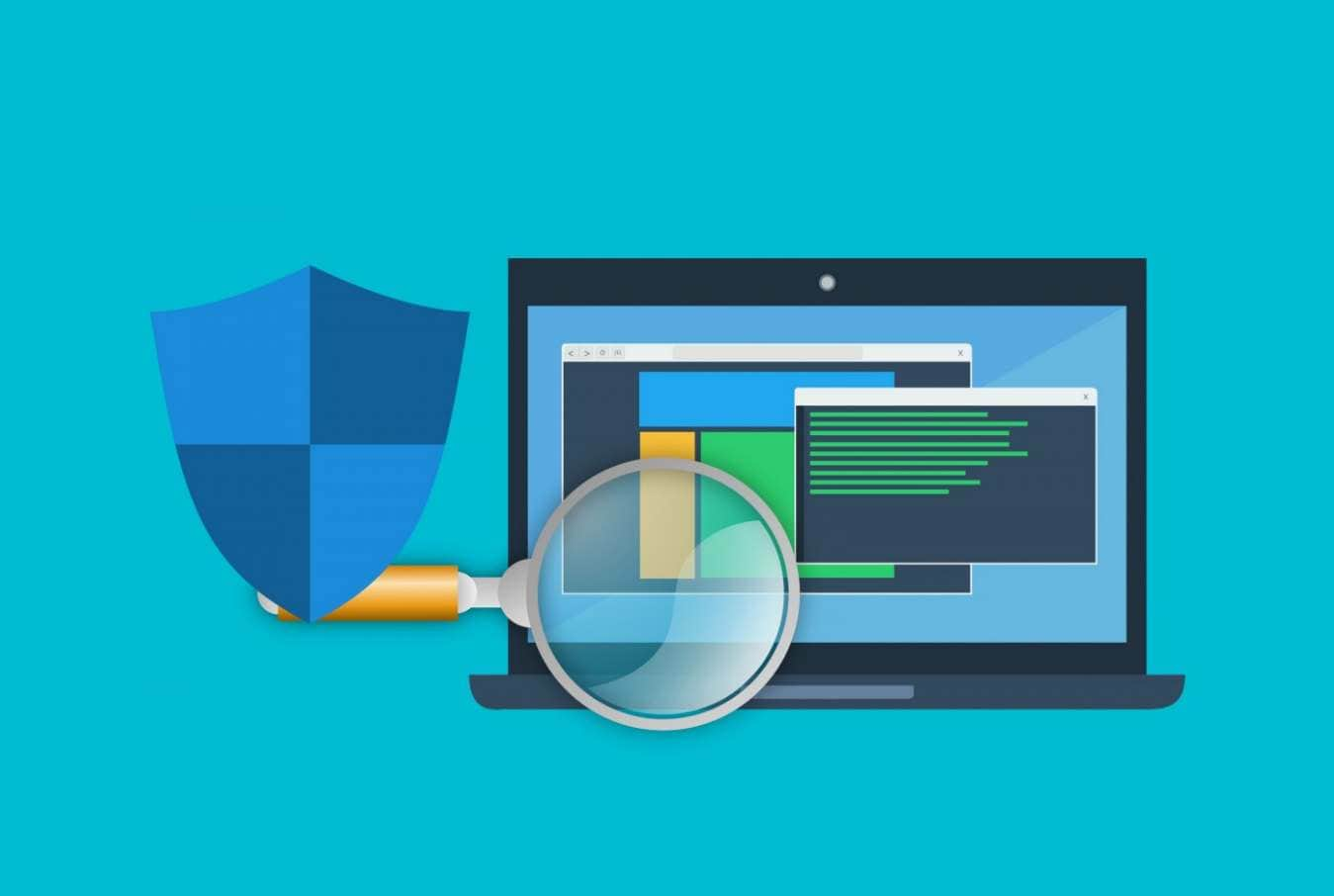Whether you are running a small business or a large corporation; your website security needs attention amid increasing cyberattacks. Here are 6 website security check tools.
Regularly checking your website for security issues is necessary nowadays. Recent research indicates a sudden increase of about 52% in cyberattacks in the past year. That alone is enough to prove how vulnerable your website is.
Is your website acting unusually too? Did it suddenly break down? Or have you come across some suspicious pop-ups displaying on your site? It’s time to get to know how to perform a website security check.
Strange pop-ups and sluggish websites are indications of an attack on your website. You may also hear your users complaining about getting spam messages or notice a sudden decline in traffic. But how can you be so conclusive that your website is sabotaged?
In this article, we have shared more than a few mighty tools that will assist you in running an efficient security check without wrecking your budget. So let’s get going before it’s too late!
Top 6 Free Tools to Perform a Website Security Check
There are plenty of tools in the market that will immediately ring an emergency alarm in case they detect malware lurking around your website. The following ones are superb in functioning, very reliable, and are absolutely free.
SUCURI
SUCURI is one of the most famously known website security and malware detecting internet tools. It enables users to make their website undergo a quick scan for injected spam, malware, defacements, and blacklisting status.
SUCURI will also aid you in protecting and cleaning your site from threats made online no matter what website platform you are affiliated with. This is because SUCURI is compatible to work with all the commonly used forums such as WordPress, Magento, phpBB, Joomla, and Drupal.
To initiate the SUCURI scanning process all you have to do is enter your site’s domain address at their forum. Large websites might take up a while but what you will get is a well-calculated, detailed report identifying all issues after in-depth scrutiny.
Detectify
Fully governed by certified ethical hackers, the automated security service Detectify offers asset monitoring to scrutinize 1500+ website vulnerabilities.
The asset monitoring capability continuously observes subdomains, looking for unauthorized entrances and warning if abnormalities are detected.
Detectify’s automated security checking capacity includes CORS, DNS misconfigurations, OWASP Top 10, and AMAZON S3 bucket.
It offers three different purchasing plans: The Started plan, Professional Plan and Enterprise. All three of them offer a half-month free trial, which can be easily accessed without submitting your credit or debit card details.
Qualys
Qualys SSL server test is specially designed to search for SSL/TLS related vulnerabilities and misconfiguration in a user’s website. It offers a deep inspection of your webpage address including overall rating, expiry date, version of SSL/TLS, protocol details, cipher, BEAST, handshake stimulation, and much more.
It is recommended to run an SSL/TLS check immediately after you make any changes to them and what can be better than Qualys, a website security determiner that is specially made of it. Qualys can serve organizations of all sizes when it comes to successfully achieving policy compliance initiatives and vulnerability management.
Intruder
For those who are looking for a cloud-based scanner for their vulnerable sites then Intruder is certainly the best option. It is a scanner that is potent enough to signal all deficiencies within an entire web infrastructure. It is the first-ever platform in the realm of cybersecurity that started making use of the special talents of ethical hackers.
This enterprise-ready forum will provide you a government-level security mechanism without being too complex to execute. Its powerful site security engine includes finding misconfigurations, CMS issues, missing patches, cross-site scripting, and SQL injection.
Intruder proactively examines your systems for all the latest cyber vulnerabilities and saves you a considerable amount of time by prioritizing findings according to the context.
Intruder easily integrates with nearly all the major players in the realm of cloud technology including Azure, AWS, GCP, and Slack & Jira. You can avail this massive equipment for 30-days for free.
Web Cookies Scanner
It is a free, all-rounder security scanning equipment suitable for analyzing your web applications. The Web Cookies Scanner looks for privacy issues and vulnerabilities on HTTP Cookies, HTML5 Local Storage, SuperCookies, Flash Applets, ever cookies, and Session Storage.
This tool comes bundled with a free URL Malware scanner and an HTML, SSL/TLS, HTTP vulnerability scanner.
All you need to do is access the Web Cookies Scanner website and click on ‘Check’ after entering your website’s full domain. The tool will instantly show you a full vulnerability report including an overall security impact score along with details of issues.
You can access the unrestricted service for free anytime you like, or you can also subscribe to the month full of a free trial of its automated API.
UpGuard
The web scan tool offered via UpGuard is an assessment tool that examines the possibilities of all external risks associated with your website using the information made public.
One can easily carry out a security test via this tool that will grade how vulnerable your site is and how it is in combating it. The result you receive will be categorized into groups like Email risks, Phishing and Malware, Website risk, Network security, and Brand protection.
Conclusion
Fortunately, you can come across tons of such tools that will help you in checking for abnormalities on your website. All tools discussed above are good for one or a few times of security scanning. Now that we have answered your query of how to perform a website security check, it’s time for you to unlock their potential.
Checking for security issues is only an initial step towards a secure website. One should immediately start cleaning their website in case a scanner sounds you the threat alarm. However, even if you are lucky enough to receive no such alarms, we suggest that you don’t take the well-being of your site for granted.
It is highly recommended to conduct website application security scanning procedures regularly and also continue implementing few easy website protective measures to help safeguard from attacks.









